Guide to French Beans Farming in Kenya
Locally known as Mishiri, French beans have traditionally been grown in Kenya for Export. As time has gone by local consumption of french beans has been increasing.
French beans can be grown both on a large scale and small scale. However, it is recommended to grow french beans on a small scale, with staggered planting where possible. This is due to the fact that farming french beans is labor intensive.
French beans in Kenya is grown for both the fresh market and processing. They can be processed by canning and freezing.
In Kenya, the peak export market is between October and May.
French beans take 45 to 50 days to mature, making them a good crop for farmers seeking short production cycles.
French Bean Varieties.
French beans, also known as Green Beans, Fine Beans or Snap Beans are immature pods of the common bean (Phaseolus Vulgaris).
The varieties of french beans are:
- Monei
- Samantha
- Amy
- Teresa
- Julia
- Vernado
- Bronco
- Coby
- Expadia
- Bakara
- Claudia
- Tokai
- Pekera
- Super Monei
- Morgan
- Paulista
- Cupvert
- Gloria
- Tonivert
- Rexas
The varieties of french beans required by the market are straight, fleshy, long, and rounded in cross-section.
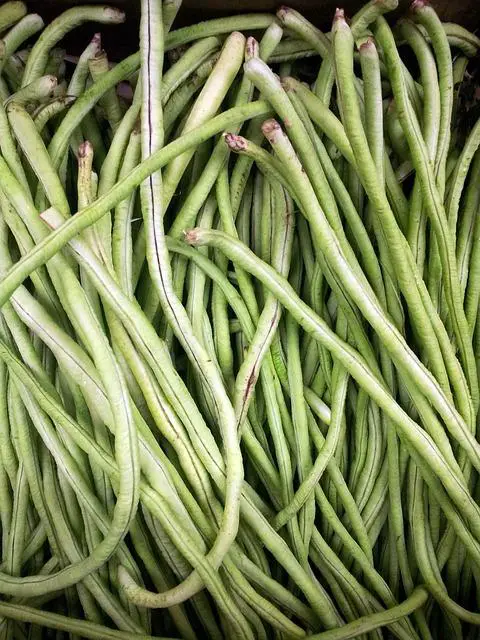
Ecological requirements for growing french beans in Kenya
- Temperature
French beans grow well at the optimum temperature ranges of 20 to 25 degrees celsius. They can grow in temperatures of between 14 to 32 degrees celsius, but extreme temperatures lead to poor flower development and fruit set. They mature earlier in warmer areas.
- Altitude
French beans grow well at an altitude between 1000 – 2100m above sea level.
- Rainfall
If relying on rain to grow french beans, well-distributed rainfall of 900-1200mm per annum is required
- Soil
French beans require well-drained loam soils to heavy clay soils have high organic matter content. The optimal pH is 6.5 to 7.5 but they can tolerate a lower pH up to 4.5.
Crop Rotation for French Beans
French beans should not be grown at most twice on the same parcel of land without other crops being grown in rotation. Crop rotation when growing french beans help control weeds, disease, soil erosion, reduces pest populations, and rejuvenates the soil.
Seed rate for french beans
The seed rate for planting french beans is 30kg per acre, planting at 1kg per 100ft row at the spacing of 3 inches.
Make sure you use certified seeds from reputable sellers, where the seeds are disease-free and well sorted. If you are growing french beans on contract, the contracting company usually supplies seeds.
Dress the seeds with Fernasa-D (a combination of Lindane and Thiiram) at the rate of 3 grams (2 flat teaspoons) per kilogram of seed.
Manure Application when growing French beans
Manure at the rate of 10 tonnes per hectare should be applied during planting.This is especially where the soils have low quantities of organic matter. Apply the manure in the planting furrows and ensure it is well worked into the soil before planting.
Fertilizer requirements for french beans
At the time of planting, 200kg of DAP fertilizer per hectare is required. Apply the fertilizer in the planting furrow and mix thoroughly with the soil before planting the seeds.
Topdressing is done with CAN fertilizer, at the rate of 100kg per hectare, when the plants are at the first three leaves stage. Top dress again, at the same rate at the onset of flowering.
The foliar feed is applied every 2 weeks, from the fourth week after planting to the middle of the podding season. Examples of recommended foliar feeds are Bayfolan and Rapid-Grow.
Field Established for French Beans
Growing Season for French Beans
Planting of french beans starts at the onset of rains. The growing season can be extended to all year round, by irrigating your french beans farm.
The main export season for french beans in Kenya is from October to May. Sowing French Beans should be scheduled such that most of the crop is ready between October to mid-December, and from mid-January to the end of May.
Planting Schedule for French Beans
For continuous production, plant french beans 2 to 3 weeks intervals in conveniently sized plots. This will ensure that you harvest every 2 weeks.
Spacing for French Beans
French beans should be sown in single rows of 30 by 15cm, (1 seed per hole); or double rows 60 by 30 by 10cm. Plant french beans in blocks of four single rows, separated by a path of about 50cm, for ease of management.
Seed Rate for French Beans
The seed rate for french beans is 50 to 60 kgs per hectare. French beans are planted directly in the field, onto a well-prepared seedbed.
Picking time for French Beans
Your french beans will be ready for picking in 45-60 days in warm climates.
Irrigation for french beans
French beans require water as this is imperative for uniform quality harvests. If you are french beans in heavy clay soil it is recommended to use furrow irrigation and plant the french beans on ridges. The reason for this is that french beans get affected if there’s waterlogging.
Irrigation on french beans fields is recommended for continual production even one it is not raining.
Irrigation on french beans farms is done through furrow or overhead irrigation.
Mulching for french beans
To prevent fungal diseases on young french beans plants, it is recommended to use mulch on your french beans garden. Mulching prevents soil from splashing onto the young French beans plants. if soil splashes on the plants, it creates the necessary conditions for fungal diseases.
Weed control for french beans
Weed control is an important activity in French beans farming as this removes the weed plants that compete for the much-needed nutrients with french beans.
Weed removal on french beans fields is done two to three weeks after germination. The second weed removal activity is done 3 weeks after the first one. Be careful when you’re removing weeds so as not to disturb the shallow roots of young french beans plants.
Weeding should not be done when flowers are developing to avoid the flowers from dropping. Avoid removal of weeds when the fields are wet to avoid the spread of diseases and hardening of the soil.
Pests affecting French Beans
Root-Knot Nematodes
Root-knot nematodes damage the roots of French beans leading to swellings known as galls. This affects nutrient intake through the roots and might lead to stunting and wilting of affected french beans plants.
The damage caused by root-knot nematodes opens up the plant to bacteria and fungi infections.
To control Root-knot nematodes practice crop rotation Weed crops that are not affected by root-knot nematodes for example maize and other grasses. Remove other hosts for nematodes e.g weeds. Leaving the land bear without any crops during dry weather will help eradicate nematodes.
Bean Fly
The bean fly is a small fly that likes resting all the leaves of French beans. It lays eggs on the leaves. The eggs hatch and it at the larval stage that the bean fly causes a lot of damage to french beans. The bean fly larvae mine the french beans stem. It also feeds on the cotyledons of young french bean seedlings.
French beans plants that are infested by bean flies will be stunted, with the stems cracking at the soil level. The leaves will turn yellow.
Bean flies in french beans can be controlled by using chemicals to treat the soil. Seeds and spaying them on the plants.
Bean Thrips
Bean thrips affect french beans by making holes on french bean flowers as they feed on them. They can be controlled by using foliar spray just before flowering and by spraying pesticides during flowering.
Aphids
Aphids suck sap from the french bean stems, leaves, and pods. The affected plants are stunted. They also open up the plant to other infections such as the bean common mosaic virus as they act as vectors of the virus.
Aphids in french beans can be controlled by using cultural and chemical methods.
Red Spider Mites
Red spider mites are minute pests that affect french beans by feeding on the leaves. The colour of damaged leaves will turn brownish and silvery. You will notice cobwebs under the leaves of a french bean plant that has been affected by red spider mites.
To control red spider mites in french beans, remove weeds that act as host plants. You can also use pesticides to control spider mites.
Cutworms, Beetles, and Caterpillars
Cutworms, beetles, and caterpillars feed on the french beans plants at night and hide during the day. They chew the stems of young plants, just above the soil level. The affected plant might eventually fall off. They can also feed on the leaves of the french bean plant.
They can be controlled by the use of pesticides and if the infestation is not severe, handpicking can be done, since they hide in the soil near the affected plant.
American bollworm
The American bollworm affects the french beans by drilling holes in flower buds and young pods. French beans pods affected by the American bollworm will either fail to form or will not develop to full maturity.
American bollworm in french beans can be controlled by removing weeds that act as host plants. You can also pick them by hand and destroy them. The use of pesticides can also be a method of controlling the American bollworm in french beans.
Diseases affecting French Beans
Rust
Rust is a fungal disease that affects french beans and other beans. This disease is characterized by raised white spots on the lower leaves of French beans. These white spots change colour to red or dark brown a few days after the onset of the disease.
Rust in french beans is common where there is high humidity.
To control rust in french beans, practice crop rotation with crops that are not in the bean family. You can also plant french beans varieties that are tolerant to rust.
Rust in french beans can also be controlled by using chemicals that are applied every two weeks.
Angular Leaf Spot
Angular leaf spot is a fungal disease affecting french beans stocks leaves and pods. The stalks leaves and pods develop spots that are angular in shape and have purple edges. The angular spots have grey centres. The leaves of French beans that are affected by angular leaf spots may eventually fall.
To control angular leaf spot in french beans plant disease-free certified seeds or treat french bean seeds before planting. You can also use chemicals to control angular leaf spot in french beans.
Root Rots
Root rots are a family of fungal diseases that affect french beans. Root rots are characterized by yellow stems at the soil level. The stems are french beans that are affected by roots rots eventually dry and the plants become stunted.
The leaves of French beans that are affected by root rot lose their normal yellow colour and might eventually fall. A farm that is infested with root rot will usually have french beans plants that are growing unevenly.
To control root rots in french beans, dress the seeds with fungicides at the rate of 3 grams per kilogram of seed. You can also drench the french beans with fungicides once the beans start developing leaves.
Bacterial Blights
Bacterial blight in french beans is a disease that vastly affects french beans growing in Kenya especially in cool and wet climates. Bacterial blight is spread when water splashes from infected french beans plants or dead plant remains.
French bean plants that affected by bacterial blight will develop ring-shaped spots on the leaves. The leaves will start yellowing and develop dry margins. The pods of the plants affected by bacteria blight will be soaked with water.
To control bacterial blight in french beans plant disease-free certified french bean seeds, destroy affected plants and practice crop rotation with plants that are not in the bean family,
Bacterial blight in french beans can also be controlled by using copper-based fungicides
Anthracnose
Anthracnose is seed-borne a fungal disease that affects all parts of the french bean plant and is prevalent in cool and damp conditions. Splashing water, wind, and physical contact are some of the ways and that Anthracnose spreads from one French bean plant to another.
French bean plants that affected by anthracnose will develop sunken brown spots on the french bean pods, angular brown spots on french bean leaves, and oblong stripes on the French bean stems.
To control anthracnose in french beans used disease-free certified French bean seeds. Practice good field hygiene and crop rotation with plants that are not in the bean family. It is advisable to plant french beans varieties that are resistant to anthracnose. You can also use fungicides to control anthracnose in french beans.
Bean Common Mosaic Virus (BCMV)
Bean common mosaic virus is a seed-borne viral disease that is spread by aphids and affects french beans at all stages of growth, with varying symptoms at the different stages of growth.
If your french beans have been affected by bean common mosaic virus, the leaves will curl, mottle, and will not develop. They will be malformed and the plant will be stunted. The french bean plant will produce an abnormal number of lateral shoots.
To control bean common mosaic virus, use clean disease-free certified seeds. Plant resistant french bean varieties. Control aphids, which are the primary carriers of the Bean common mosaic virus.
Powdery mildew
Powdery mildew is a fungal disease that attacks the stems, leaves, flowers, and pods of French beans. The disease is characterized by a powdery growth that covers the stems, leaves, flowers, and pods. The white powdery growth later turns black. In some cases, the leaves turn yellow and fall off.
To control powdery mildew in French beans practice field hygiene and crop rotation with plants that are not in the Bean family. You can also use fungicides to control powdery mildew in french beans.
Downy mildew
Downy mildew is a fungal disease affecting french beans where the leaves develop a white to greying growth starting on the bottom side. The growth later spreads to cover the whole leaf.
Downy mildew in french beans can be controlled by the use of fungicides and by practicing field hygiene. Crop rotation with plants that are not in the same family as French beans can also be a practice to control this disease.

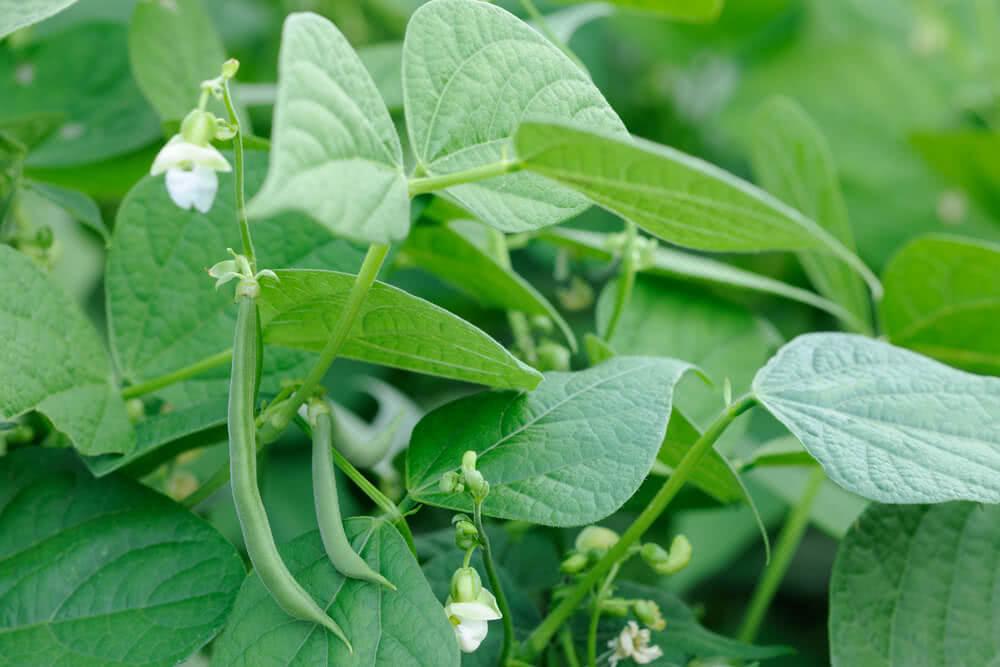
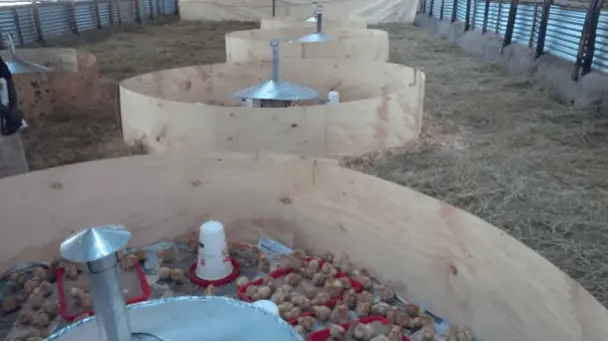
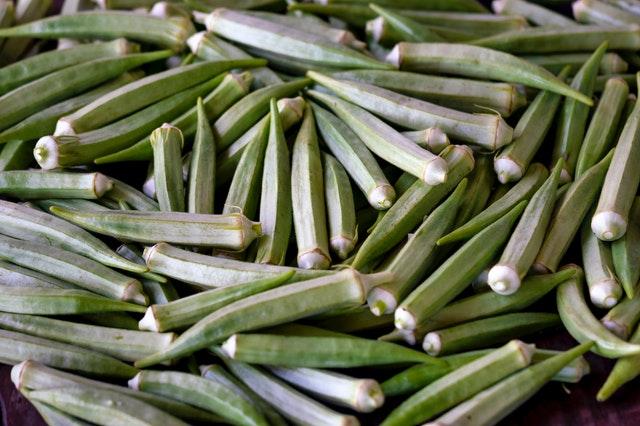
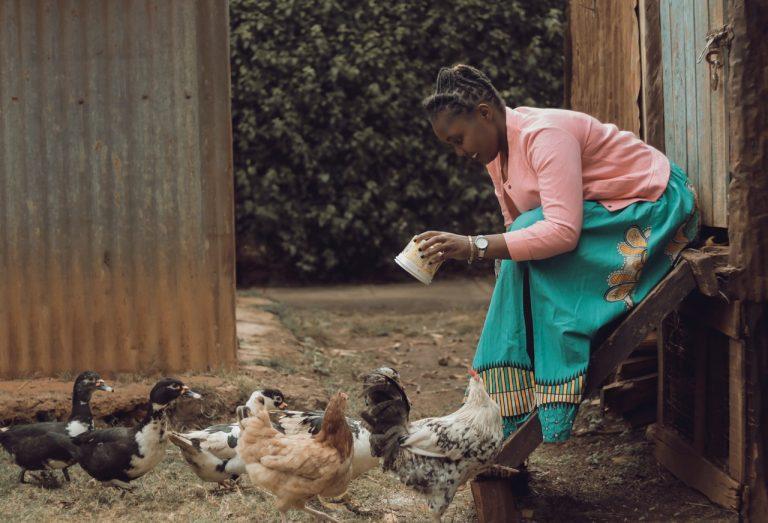
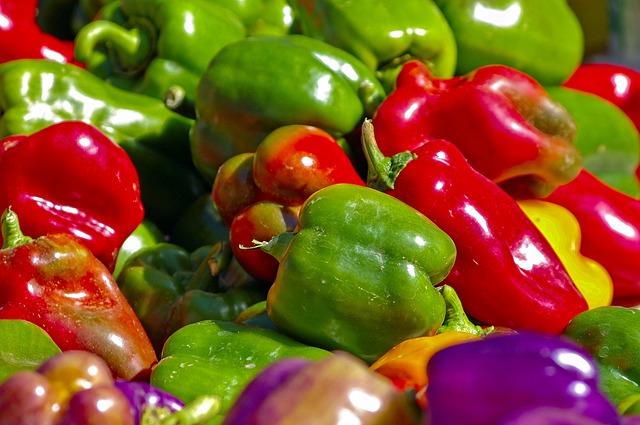
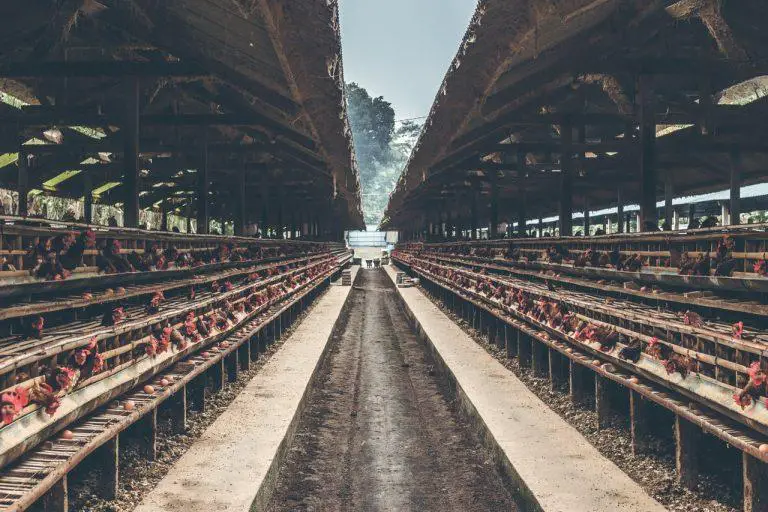
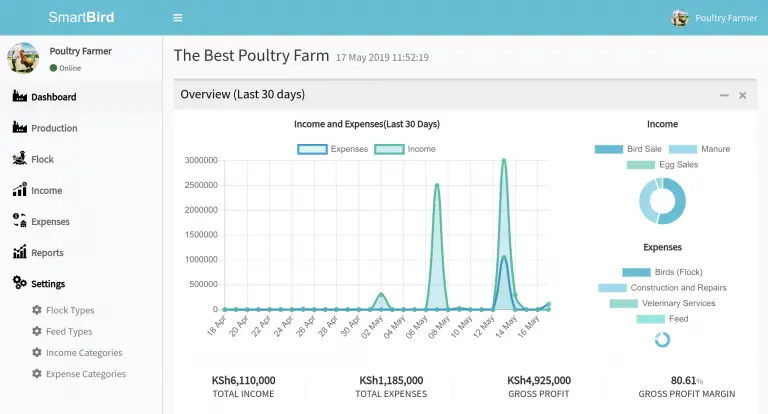
Thanks and now well versed with French beans farming. hope to venture soon.